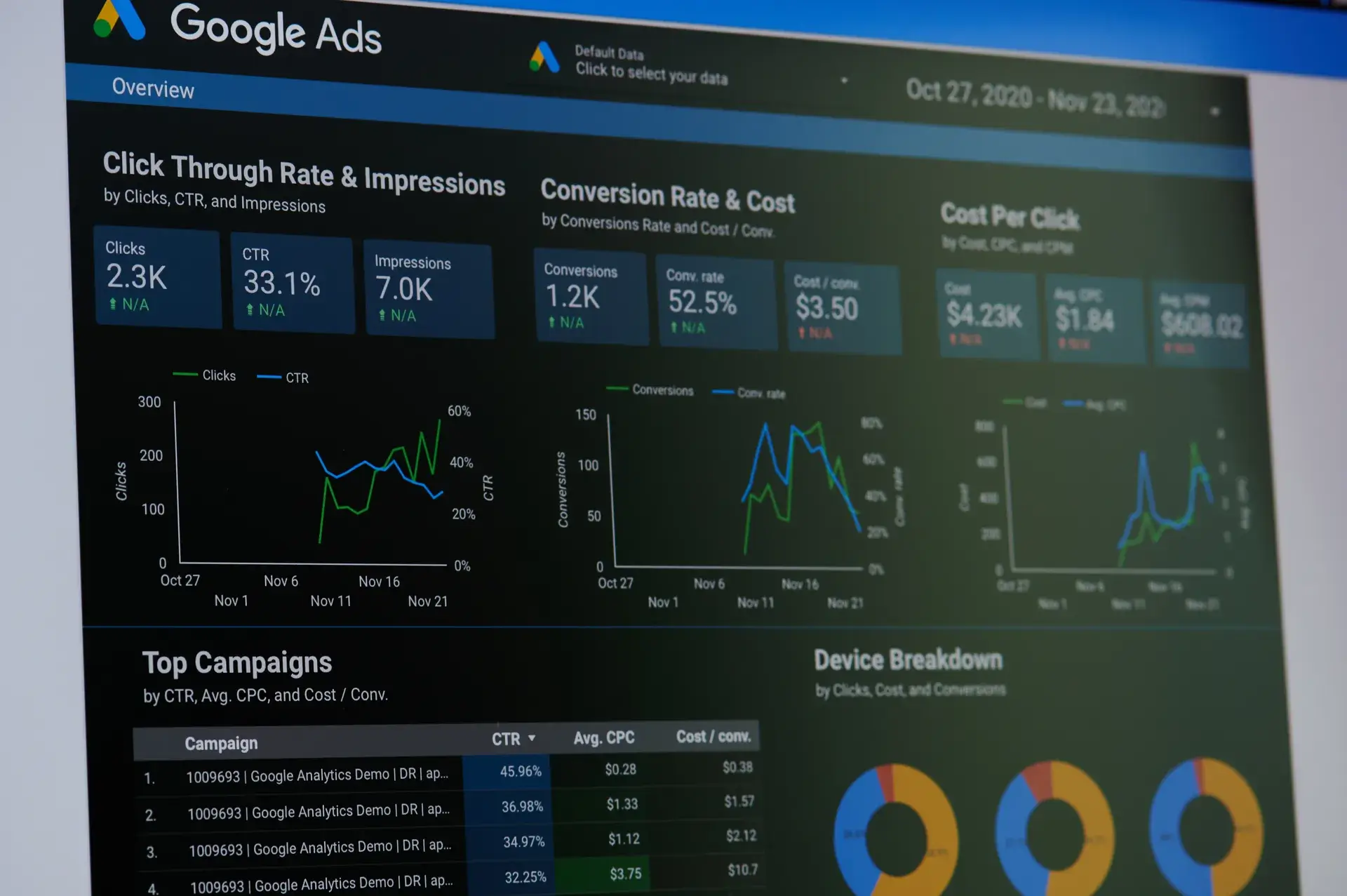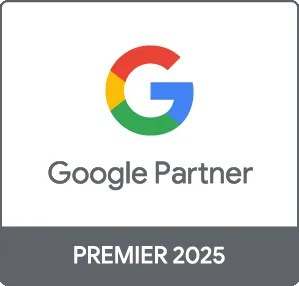Creating successful ad campaigns is crucial for any business looking to enhance its online presence. Whether you're using Google Ads, Facebook Ads, or other platforms, the fundamentals of creating effective ad campaigns remain the same. In this guide, we’ll delve into the steps necessary to design, implement, and optimize ad campaigns that can significantly boost your brand visibility and conversion rates.
Why Ad Campaigns Matter
Ad campaigns play a vital role in reaching your target audience, generating leads, and driving sales. A well-executed campaign not only increases awareness but can also foster brand loyalty and encourage repeat business. Here are key aspects to understand:
- Targeting: Ad campaigns allow you to reach specific demographics, interests, and behaviors.
- Data-Driven Decisions: Campaign results provide valuable insights for future marketing strategies.
- Optimized Budgeting: You can set budgets to ensure you’re maximizing your return on investment (ROI).
Step 1: Define Your Goals
The first step in creating an ad campaign is to define clear and measurable goals. Whether you want to increase brand awareness, drive website traffic, or generate leads, having specific objectives will guide your strategy. Consider using the SMART framework (Specific, Measurable, Achievable, Relevant, Time-bound) for goal-setting.
Step 2: Identify Your Target Audience
Understanding your target audience is crucial. This involves researching their demographics, interests, and online behavior. Consider creating audience personas to visualize who you are targeting. Information may include:
- Age and gender
- Location
- Income levels
- Purchase behaviors
Step 3: Choose the Right Advertising Platform
Each advertising platform has its unique advantages. Here are a few popular options:
- Google Ads: Excellent for targeting users actively searching for specific products or services.
- Facebook Ads: Great for visually-driven ads and audience engagement.
- Instagram Ads: Best for showing products in a visually appealing way, particularly to a younger audience.
- LinkedIn Ads: Ideal for B2B advertising and connecting with professionals.
Step 4: Create Compelling Ad Content
Your ad content must capture attention and encourage action. Here are key elements to consider:
- Headlines: Use strong and clear headlines that communicate value.
- Imagery: High-quality visuals elevate the ad's appeal.
- Call-to-Action (CTA): A compelling CTA prompts users to take the desired action, such as





